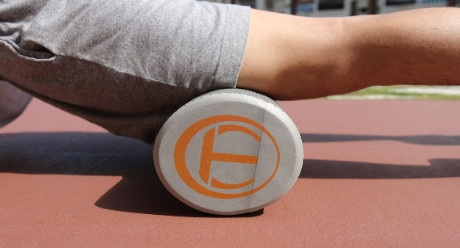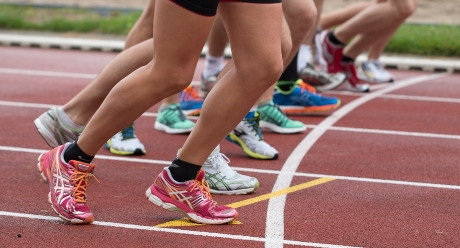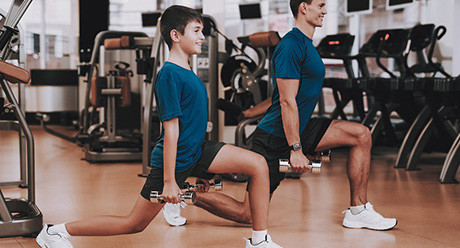Muscle soreness, especially after starting a new workout program, can be uncomfortable and can make it hard to go about your day normally. Working muscles that haven’t been used in a while can lead to more muscle soreness and injury if not properly taken care of. How can you ease the soreness and tightness of those muscles so you can continue your workouts in the days following? Try using a foam roller on your sore muscle groups to get the blood flowing and muscles to begin repairing themselves.

There are some definite do’s and don'ts for foam rolling in order to get the most out of this form of recovery. Foam rolling increases the blood flow to your muscles and can help relieve pain and help you to be able to move better after your muscles become tight and sore from your workouts. While rolling out your muscle aches seems like a pretty straightforward task, there are right and wrong ways to do it. Be sure to do some research, maybe watch some qualified YouTube tutorials, or visit your physical therapist to show you how to get the most from this form of recovery without injuring your body further.
You’ve probably heard of delayed-onset muscle soreness, which is just as it sounds, soreness that can last about 48 hours after your workout. Foam rolling for just 10 minutes a day and getting that deep tissue massage after your workout can greatly decrease the amount of soreness you experience and especially DOMS (delayed-onset muscle soreness) the days after your workout. It can also greatly increase your range of motion and flexibility, lengthen your muscles and prevent injury.
Here are some tips on how to get the most from your foam rolling and some specific areas to target.
- Never use the foam roller on your lower back.
- Roll around the areas that hurt the most, but not directly on them.
- Go slowly and take your time to work through each muscle group slowly so your body has time to react and catch up to the work you’re putting in. Spend at least 30 seconds rolling the same areas to get the most out of it and to help you feel better after your workout.
- Avoid rolling directly on your joints. This includes your elbows, arms, and shoulders. Roll on the meaty parts of your body like your glutes, quads, calves, hamstrings, traps, and lats.
- It’s going to be a little painful while you’re rolling out your sore muscles, but don’t hold your breath while doing these exercises. Make sure you’re breathing normally and getting enough oxygen into those muscles.
- Drink plenty of water for 24 hours following your foam rolling. The lactic acid builds up and water will help flush that out of your system.
For more information on specific rolling exercises and where to find a high quality roller, check out our Rumble Roller Deep Tissue Massage. There, you can find the specifications on the roller itself but also some explanations on the best way to use it.
 Free Shipping on all orders to the continental USA!
Free Shipping on all orders to the continental USA!






Follow Us